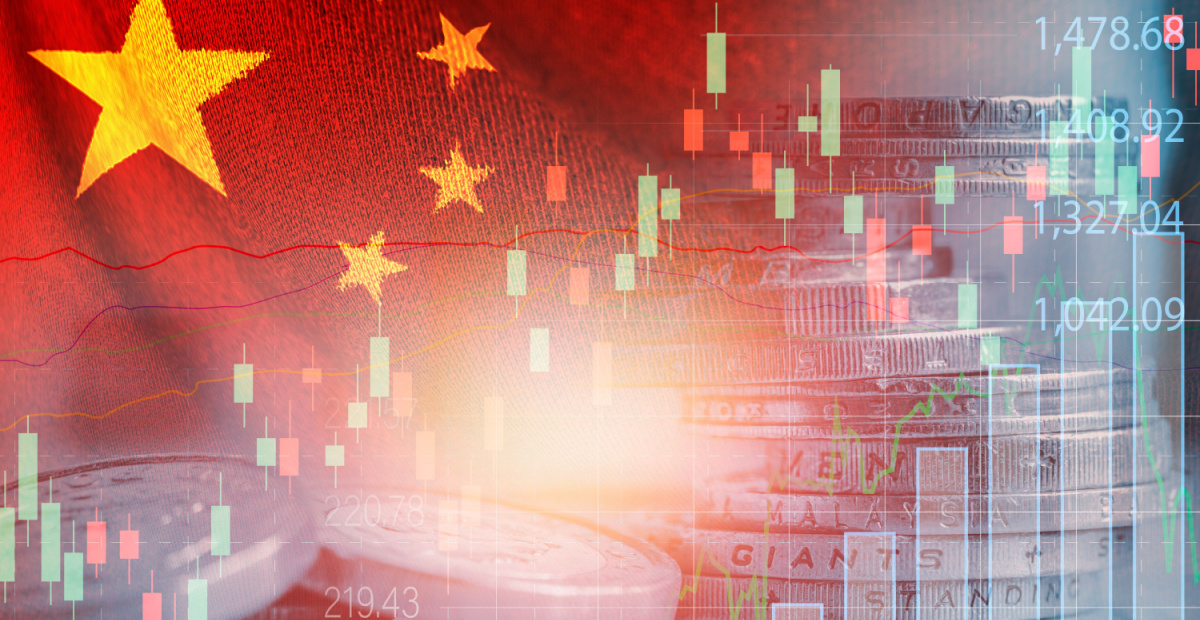China’s internal battle for innovation is stifling its progress: Amundi

The internal battle between “state driven” approaches and “bottom-up” forces plaguing China’s technology landscape could be the cause of its own downfall, according to new research from the Amundi Investment Institute.
Despite its status as a “formidable competitor to the developed West” within the global technology landscape, Claire Huang, Senior EM Macro Strategist at the Amundi Investment Institute, said China’s innovation strategy has lately become bogged down in bureaucracy – at the expense of its advancement.
“Technological progress also hinges on a nation’s ability to develop and spread innovation, to boost aggregate productivity and potential growth,” she said.
“On this, China’s innovation strategy has become increasingly centralised, with the government favouring specific sectors and systematically cracking down on others.
“A dynamic private sector and decentralised approach are essential for new technologies to spread and become accessible, fostering progress. In this respect, the environment for Chinese companies and institutions to innovate has deteriorated recently.”
In the research paper, China in the race to technological leadership, Huang also noted the nation’s disadvantages compared to Western states when it comes to regulating its financial sector and capital markets.
“For China to sustain its technological rise, it must prioritise final-demand innovation. While top-down, state-driven approaches have been effective in certain areas, they may not be sufficient to boost long-term growth,” Huang said.
“If China’s policies continue to stifle these market forces, its technological rise may plateau. China’s future success will depend on whether it can balance its top-down, state-driven approach with the bottom-up forces of consumer demand and commercialisation.
“Ultimately, the key to long-term technological leadership lies in a nation’s ability to commercialise and spread its innovations. As the Soviet Union’s experience shows, technological discovery alone is insufficient for sustained growth.”
Huang also noted that China’s manufacturing sector is considered the world’s “largest and most cost-efficient”, with prowess among its information technology hardware and “intricate and highly developed supply chains”.
According to the research paper, China’s operational processes and goods production have been deemed “economically unfeasible” by manufacturers in other countries to mirror – a significant advantage in establishing the global economy of technological innovation.
“Investing in Chinese tech leaders via selecting ‘scaling champions’ is a viable approach, considering the high barriers to entry created by their cost efficiency,” Huang said.
“Although corporate China exhibits competitiveness across multiple domains, geopolitical tensions and deflationary pressures loom large, potentially undermining its profitability and long-term growth prospects.
“A strategic shift towards stimulating consumer demand is crucial to fighting deflation and sustaining China’s technological ascendancy. A failure to escape deflation may weaken the investment case for China tech.
“Attempting to relocate these established supply chains to the United States would almost certainly result in diminished profit margins, reduced yield rates and escalated costs for downstream consumers.
“Companies with higher pricing power and gross margins are likely to better absorb the costs of reshoring, thus mitigating the risks associated with America First policies.”











So someone in India who isn't licensed provided personalised financial advice and ASIC's response is to tell them to be…
Seeking Regulatory relief from Regulation. Industry Super Funds want to control $1.6 Trillion $$$ and ever growing with almost zero…
If Kalkine has officially been released and operates under a legitimate license to provide general advice, it raises an important…
Not sure what they're seeking regulatory relief from. In my view is they get tickled with a warm lettuce leaf…
Will they ever be named & shamed, fined and banned for life ??? Unlikely hey ASIC & APRA, especially for…